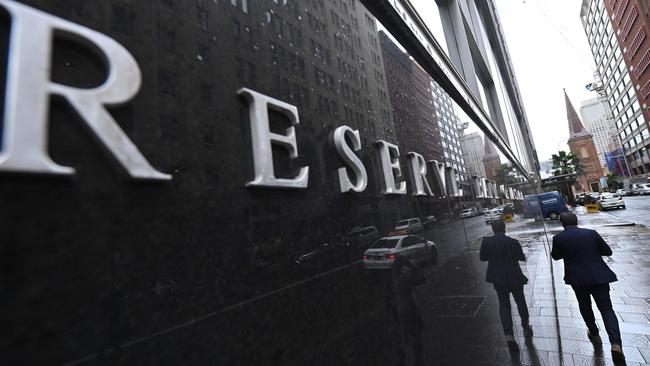Financial dilemma facing retirees as interest rates drop again
As borrowers rejoice over another Reserve Bank interest rate cut, savers and seniors are getting stung again and need to weigh up the options for their cash in the bank.
Last week’s Reserve Bank interest rate cut is another nail in the coffin of savings accounts and extends the slow financial torture of many Australian retirees.
Online savings account interest rates have plunged from 7.3 per cent in 2008 to around 0.6 per cent now, and will soon go lower by about another 0.2 percentage points.
One-year term deposit rates were 8.25 per cent 11 years ago. Now they’re 1.8 per cent and still heading south.
In the financial pain stakes, it’s worse than wedgies, atomic wedgies, Chinese burns and nipple cripples.
People who use bank deposits to save for a home loan or other big expenses are now watching their money go backwards after inflation (currently 1.3 per cent) and tax eat into their interest earnings.
But the hardest hit are senior Australians who rely on deposits to provide all or part of their retirement income.

Many are reluctant to invest in the sharemarket. Who can blame them after share prices halved during the global financial crisis a decade ago?
Pensioners and part pensioners are being hit by a one-two punch, with the government failing to change the deeming rate for many years.
The age pension income test currently deems that a single retiree’s first $51,800 of financial assets earns 1.75 per cent, but anything over that amount is deemed to earn 3.25 per cent. The deeming rate is way above current deposit account rates, so the assessment means less pension for many people.
Seniors groups are angry, and it seems like the government wants them to put more of their money into riskier investments such as shares, which broadly pay dividend incomes between 4 and 5 per cent.

That’s all lovely when shares are rising, like they have done in recent years, but not when there’s a GFC-like crash and half your portfolio disappears.
With Aussie shares back near their 2007 record highs and overseas shares regularly reaching new records, now may not be the best time to switch to stocks.
However, there are strategies and options to improve returns and still keep long-term risk low.
A popular idea among advisers is the “buckets” approach. This involves keeping between three and five years of a retiree’s income needs sitting in deposit accounts (your cash bucket), but spreading the rest over a diverse range of growth-focused assets — including shares and property.
That way, if financial markets take a tumble, you have years to ride out the storm. The GFC downturn only lasted about 18 months from top to bottom, and that was our second-worst collapse in history.
Retirees can potentially diversify their money across investments including:
• Corporate and government bonds, which are less risky than shares.
• Long-term infrastructure projects.
• Property trusts and funds in Australia and offshore.
• Shares, managed funds and exchange traded funds focused on here and abroad.
It’s always going to be riskier than keeping all your money bank deposits, but finance specialists often say the long-term risk of missing out on any potential growth is greater.
